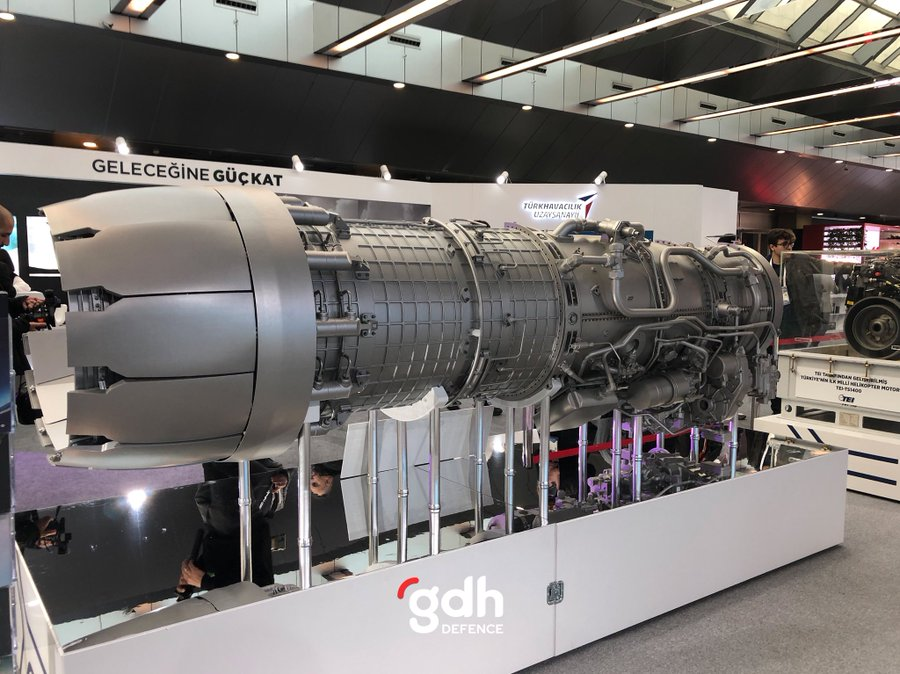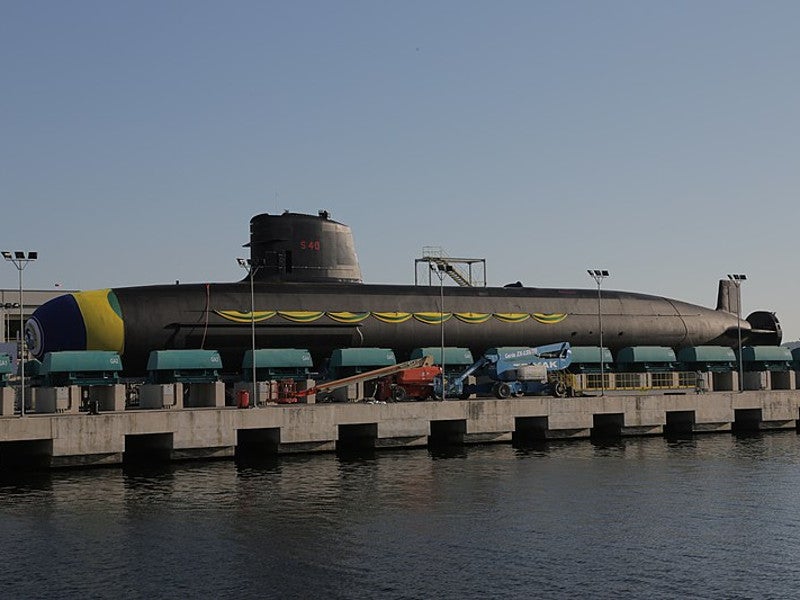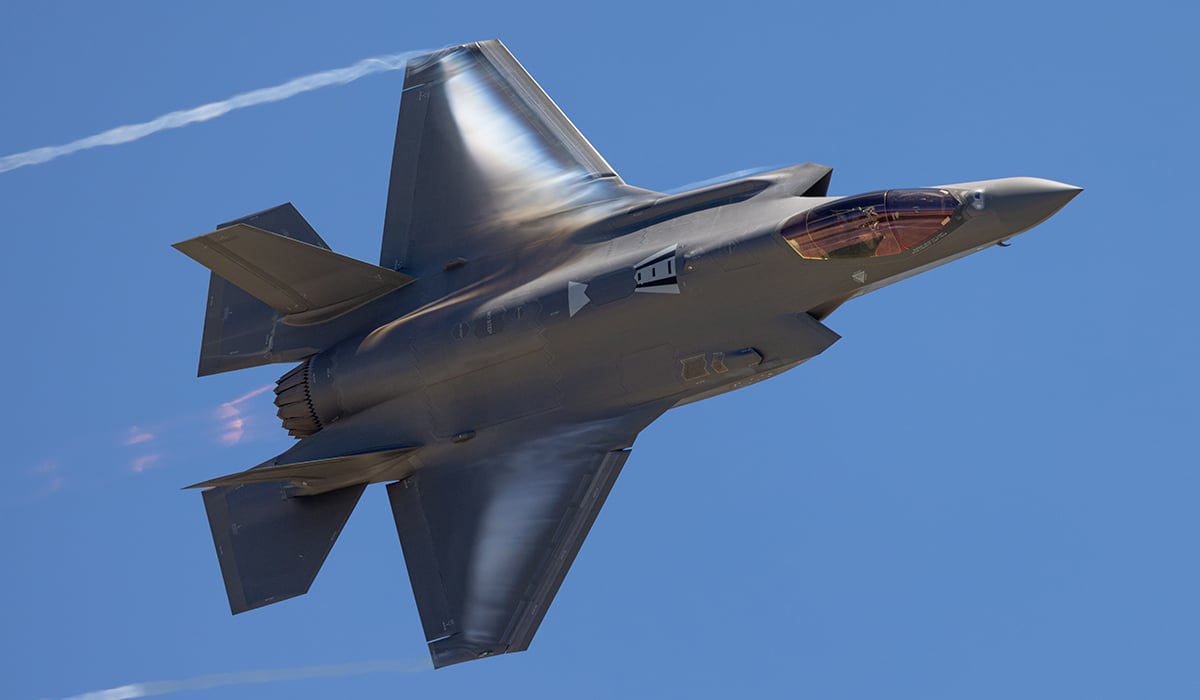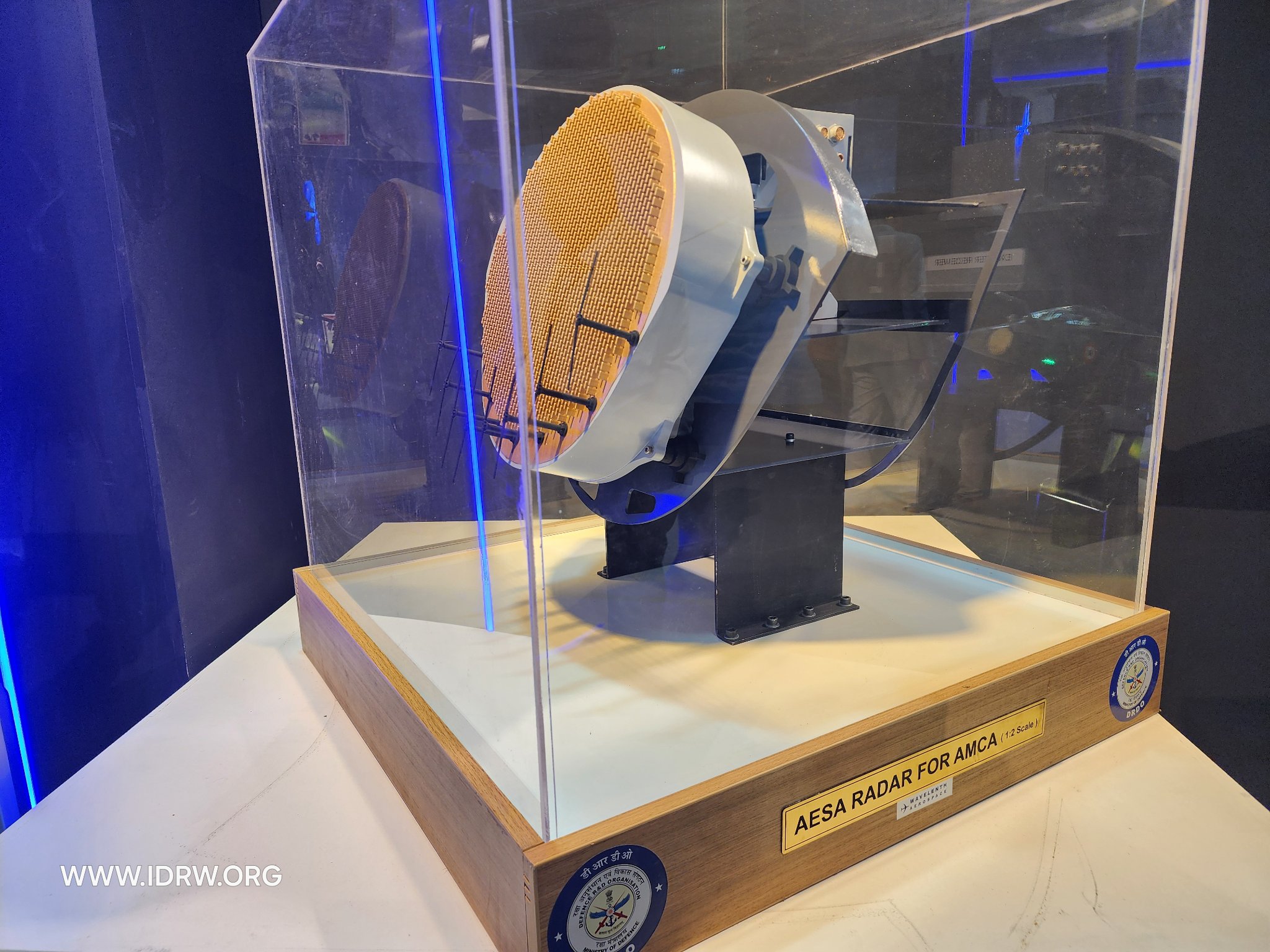SOURCE: AFI


In a move that underscores the growing defence cooperation between Sri Lanka and India, Sri Lanka’s State Minister of Defence, Pramitha Tennakoon, has revealed that the island nation is engaged in discussions with India to set up a small-arms manufacturing facility in Sri Lanka. While specific details regarding the project remain scarce, the announcement points to a potential new chapter in bilateral relations, particularly in the realm of defence production and self-reliance. The statement comes on the heels of a successful exhibition of Indian defence industry products in Colombo last month, highlighting India’s increasing role as a trusted partner in Sri Lanka’s security framework.
The talks for a small-arms manufacturing facility reflect a broader trend of deepening ties between Sri Lanka and India, driven by shared security concerns in the Indian Ocean region. As both nations navigate a complex geopolitical landscape, marked by the growing influence of external powers and the need to secure maritime trade routes, collaboration in defence production offers a pragmatic avenue for mutual benefit. For Sri Lanka, establishing a domestic manufacturing unit for small arms could reduce reliance on imports, enhance its military’s operational readiness, and create opportunities for local employment and skill development.
Continue readingSOURCE: AFI


In a significant development for India’s defence logistics sector, SML ISUZU Limited, a leading manufacturer of commercial vehicles, has bagged a prestigious order from the Indian Air Force (IAF) for the supply of BS VI-compliant, 4-Wheel Drive (4WD) Troop Carriers. The contract, valued at ?24.71 crores, involves the delivery of 114 units and was announced by the company in a regulatory filing to the stock exchanges on March 12, 2025. This order underscores SML ISUZU’s growing role in supporting India’s defence forces with reliable and advanced mobility solutions.
The order was awarded by the Department of Military Affairs under the Ministry of Defence through a competitive tender process conducted via the Government e-Marketplace (GeM) portal, a platform designed to ensure transparency and efficiency in government procurement. As per the terms of the contract, SML ISUZU will supply 114 troop carriers, each with a seating capacity of 20 personnel, tailored to meet the operational needs of the Indian Air Force.
Continue readingSOURCE: RAUNAK KUNDE / NEWS BEAT / IDRW.ORG


In a significant development for India’s Multi-Role Fighter Aircraft (MRFA) tender, Lockheed Martin officials have confirmed to idrw.org that the company is unlikely to offer its fifth-generation F-35A Lightning II in response to the upcoming Request for Proposal (RFP) for 110 jets. Citing the small order size and stringent US restrictions on technology transfer (ToT), Lockheed has deemed it unfeasible to establish an F-35 production line in India.
Instead, the American aerospace giant plans to pitch its F-21—a modernized variant of the F-16 Block 70/72—tailored specifically for the Indian Air Force (IAF), despite the platform’s earlier failure to clear technical rounds in the previous Medium Multi-Role Combat Aircraft (MMRCA) tender.
Continue readingSOURCE: RAUNAK KUNDE / NEWS BEAT / IDRW.ORG


In a significant advancement for India’s defence technology landscape, Garden Reach Shipbuilders & Engineers (GRSE) and Apollo Micro Systems (AMS) have announced a collaborative effort to develop a Mini-Torpedo designed to neutralize small combat boats. This innovative weapon, intended for deployment from Unmanned Aerial Vehicles (UAVs) and drones, marks a strategic leap in enhancing maritime security against asymmetric threats.
While specific details about the Mini-Torpedo’s range and technical specifications remain undisclosed by the two companies, sources speaking to idrw.org reveal that it will boast a range of approximately 5–7 kilometres, a 1–2 kg warhead, and compatibility with Medium Altitude Long Endurance (MALE) and Short-Range Unmanned Aerial Vehicles (SRUAVs).
Continue readingSOURCE: RAUNAK KUNDE / NEWS BEAT / IDRW.ORG


As the Indian Navy ramps up its capabilities to address emerging maritime threats in the Indo-Pacific, two advanced anti-ship weapon systems—the Naval Anti-Ship Missile–Medium Range (NASM-MR) and the Long-Range Stand-Off Weapon (LRSOW), tentatively designated RudraM-IV—are poised to become linchpins in its arsenal. Designed to neutralize the growing presence of Chinese aircraft battle groups, these systems offer extended range and precision, enabling launch platforms to strike from safe distances beyond the reach of sophisticated air defense systems protecting enemy flotillas.
Alongside the supersonic BrahMos-A and the next-generation BrahMos-NG (Mini), these missiles will form a versatile mix of low- and high-speed anti-ship cruise missiles, tailored to tackle diverse targets within a battle group. With development well underway, these systems signal India’s intent to assert dominance in contested waters.
Continue readingSOURCE: AFI


The United States has released projections indicating a significant escalation in China’s nuclear weapons stockpile, estimating it at around 600 warheads in 2025, with a potential rise to 1,000 by 2030 and 1,500 by 2035. These figures underscore China’s rapid nuclear expansion, driven by modernization efforts and a strategic push to assert greater global influence.
Meanwhile, India’s nuclear stockpile remains modest at an estimated 172 warheads, with yields significantly lower than those of China’s arsenal. This disparity raises critical questions about India’s deterrence capabilities, particularly its second-strike posture, and the need for a strategic reassessment to maintain credible deterrence in an increasingly volatile region.
Continue readingSOURCE: AFI


The global race to develop advanced fighter jets and their corresponding propulsion systems has intensified, with Turkey and South Korea taking significant strides in their respective programs. Turkey has reportedly committed $3-5 billion to the development of the TF-35000 engine for its ambitious Kaan fighter jet, while South Korea is investing $2.3 billion in an indigenous engine for its KF-21 Boramae program.
Both nations are positioning themselves as formidable players in the aerospace industry, particularly in the realm of fifth-generation fighter jets. Meanwhile, India, despite its own aspirations for a homegrown fifth-generation jet engine, appears to lag behind as it grapples with indecision over partnerships and funding for its program.
Continue readingSOURCE: AFI


In a significant step towards deepening defence ties between India and Brazil, General Heraldo Luiz Rodrigues, Secretary of Defence Products (SEPROD) of Brazil, recently concluded an important visit to India. The discussions, held in New Delhi with top officials from the Ministry of Defence and representatives of the three armed services, underscored a shared commitment to fostering a robust partnership that transcends traditional buyer-seller dynamics. The talks covered a wide spectrum of areas, including submarine maintenance, missile systems, and broader technological collaboration, setting the stage for a transformative phase in Indo-Brazilian defence relations.
At the heart of this burgeoning partnership is an upcoming Memorandum of Understanding (MoU) on submarine Maintenance, Repair, and Overhaul (MRO), slated to be signed next month. This agreement is poised to be a game-changer for India’s naval defence capabilities, particularly in the realm of self-reliance. The MoU will enable India to maintain its fleet of Scorpène-class submarines—built under the Kalvari-class program—locally, reducing dependence on foreign expertise and cutting down turnaround times for repairs and maintenance.
Continue readingSOURCE: AFI


A board showcasing a comprehensive list of mobile applications banned for use by Indian Army personnel has gone viral, sparking widespread discussion online. The list, titled “MOBILE APPS BANNED IN INDIAN ARMY,” highlights apps deemed a security threat and includes specific guidelines for usage, marking the first time such a detailed classification has been publicly revealed.
The board, reportedly displayed at an army facility, categorizes banned apps across various genres—messaging platforms, e-commerce, dating apps, video hosting, social networking, gaming, and more—while emphasizing stringent rules to safeguard sensitive information.
Continue readingSOURCE: IDRW.ORG


In a recent statement, India’s Defence Secretary RK Singh addressed speculation surrounding the potential sale of Lockheed Martin’s F-35 Lightning II stealth fighter jets to India, clarifying that the United States has not yet provided any concrete proposal on the matter. Speaking to the press, Singh noted that due to the absence of a formal offer, no discussions have been planned or taken place between the two nations regarding the acquisition of the advanced fifth-generation fighter. His comments come amid growing interest in bolstering India’s air combat capabilities and ongoing deliberations about modernizing the Indian Air Force (IAF) fleet.
Singh’s remarks were measured, reflecting a cautious stance on what has been a topic of intrigue in defense circles. “Let’s see what happens as and when discussions take place. I am sure everybody will come to know about it,” he said, signaling that any future developments would be transparent and subject to due process. His statement appears to temper expectations of an imminent deal, while leaving the door open for dialogue should a formal proposal materialize.
Continue readingSOURCE: IDRW.ORG


In a landmark achievement for India’s defense and aerospace sector, the Defence Research and Development Organisation (DRDO) has successfully developed the near isothermal forging technology, a critical capability for manufacturing high-pressure compressor (HPC) discs used in aero-engines.
This cutting-edge technology, developed by the Defence Metallurgical Research Laboratory (DMRL) in Hyderabad, enables the production of all five stages of HPC discs from difficult-to-deform titanium alloys using a unique 2000 MT isothermal forge press. With this breakthrough, India joins an elite group of nations with the expertise to manufacture such critical aero-engine components, marking a significant step toward self-reliance in aero-engine technology.
Continue readingSOURCE: AFI


India’s recent unveiling of its Gallium Nitride (GaN)-based Active Electronically Scanned Array (AESA) radar for the Advanced Medium Combat Aircraft (AMCA) and the Super Sukhoi upgrade program has ignited a fresh debate within defence circles. The indigenous radar, developed by the Defence Research and Development Organisation (DRDO), represents a leap forward in India’s self-reliance in critical military technologies.
However, its emergence has raised questions about why India isn’t leveraging this cutting-edge radar and mission computers to upgrade its fleet of 36 Rafale fighter jets, which currently rely on Gallium Arsenide (GaS)-based AESA radars and foreign avionics. Such an upgrade could potentially eliminate the need for French approvals for integrating more Indian weapons systems, but intellectual property rights (IPR) and geopolitical realities present significant hurdles.
Continue readingSOURCE: AFI


In a significant boost to India’s indigenous defense manufacturing sector, SSS Defence, a Bengaluru-based private firm, has secured a landmark contract with the Uttar Pradesh Police for its newly developed Manohar72 (M72) carbine. Priced at an impressive 93,000 INR per unit (including GST), the M72 not only underscores SSS Defence’s commitment to affordability but also positions it as a cost-effective alternative to both domestic and imported small arms systems. This achievement also resonates with the legacy of Manohar Parrikar, one of India’s most revered Defence Ministers, whose vision of self-reliance in defense continues to inspire innovations like the M72.
The Manohar72, or M72, is a 5.56x45mm NATO carbine designed by SSS Defence to meet the demanding requirements of modern law enforcement and military operations. Tailored for close-quarters battle (CQB), the M72 combines modularity, reliability, and affordability, making it a versatile weapon for urban and rural security scenarios. Its design draws inspiration from advanced Western platforms while being optimized for Indian operational needs, showcasing the ingenuity of India’s private defense sector.
Continue readingSOURCE: AFI


In a significant stride towards bolstering India’s nuclear energy capabilities, the “concept design” stage of the Bharat Small Modular Reactor (BSMR) has been successfully completed and is now awaiting approval, Union Minister of State for Science & Technology Dr. Jitendra Singh informed the Lok Sabha. This milestone marks a pivotal moment in India’s pursuit of sustainable, indigenous nuclear power solutions, aligning with the nation’s ambitious goals for energy security and carbon neutrality. Once sanctioned, the BSMR project is expected to take 60-72 months for construction, paving the way for a new era of compact, efficient nuclear reactors tailored to India’s unique needs.
The Bharat Small Modular Reactor is an evolution of India’s existing 200 MWe Pressurised Heavy Water Reactor (PHWR), a proven design that forms the backbone of the country’s nuclear power program. Developed through a collaborative effort between the Bhabha Atomic Research Centre (BARC) and the Nuclear Power Corporation of India Limited (NPCIL), the BSMR aims to adapt the PHWR platform into a smaller, modular configuration without compromising on safety or efficiency.
Continue readingSOURCE: AFI


In a significant step towards enhancing its operational capabilities in challenging high-altitude environments, the Indian Army has deployed the Vehicle Mounted Infantry Mortar System (VMIMS) in Sikkim, a strategically critical region along India’s border with China. This deployment underscores India’s commitment to strengthening its defense preparedness while advancing the nation’s self-reliance in defense manufacturing under the ‘Atmanirbhar Bharat’ and ‘Make in India’ initiatives.
The VMIMS, a product of Indian ingenuity and collaboration, comprises the Alakran-L automated, deployable mortar system fitted with an 81 mm barrel. This advanced system is mounted onto the rear of a 4×4 Armoured Light Specialist Vehicle (ALSV), known as ‘Armado’ in Indian service, built by Mahindra Defence Systems Limited (MDSL). The integration of the Alakran-L mortar with the Armado platform provides the Indian Army with enhanced mobility, rapid response capabilities, and increased firepower—key attributes for operations in rugged, high-altitude terrains like Sikkim.
Continue reading